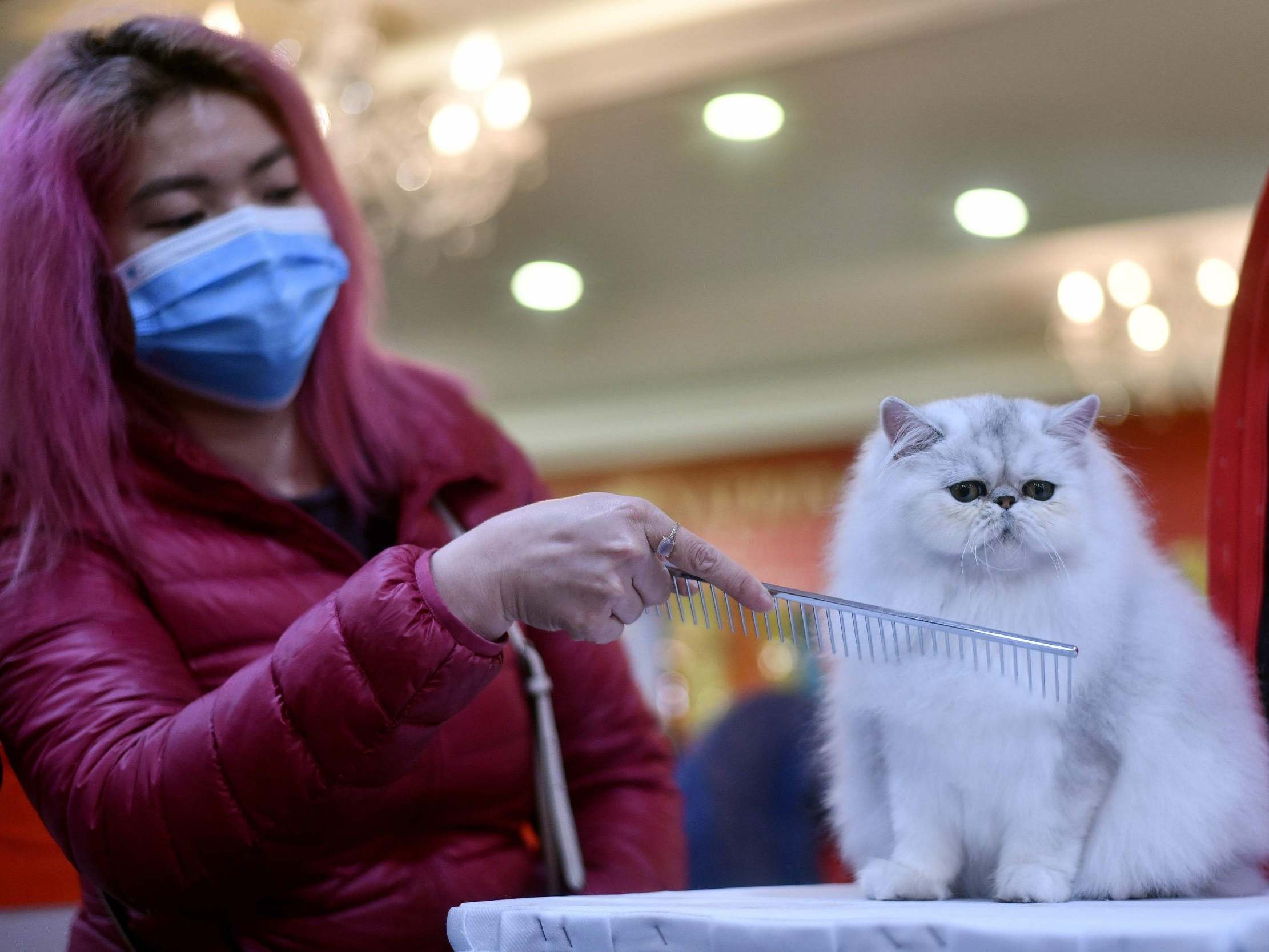Until we start thinking of human and animal health as linked, another coronavirus is inevitable
Our health systems still divide the world into neat categories: doctors take care of humans, veterinarians of animals, environmentalists of ecosystems. Covid-19 has shown that approach is no longer tenable, writes Jimmy Smith

The coronavirus (or Covid-19) currently wreaking havoc in northern China and on global markets is not the first to pass from animals to humans. And unless we take a new approach to protecting human and animal health, it won’t be the last.
In fact, a new zoonosis – a disease transmitted between animals and people – breaks out on average every four months. A few, like Sars (severe acute respiratory syndrome), Mers (Middle East respiratory syndrome) and Covid-19 attract global headlines and prompt massive humanitarian assistance and scientific research programmes.
Others burn themselves out before attracting much attention, although not before infecting some veterinarians and others in close proximity to animals.
Others still remain endemic to poor countries, where public health programmes are weak. Neglected zoonoses such as brucellosis (passed on via unpasteurised dairy products), echinococcosis (tapeworms often transmitted by dogs), and cysticercosis (tapeworms transmitted via infected pork) are 250 times more likely to hit people in the global south than those in the north, and attract exponentially fewer headlines.
This pattern of alternating between neglect and five-alarm emergency responses virtually guarantees another Covid-19.
There is a better way. Instead of seeing zoonotic disease outbreaks as discrete, unpredictable events – the microbial equivalents of hurricanes or earthquakes – governments and health authorities should start thinking about them more systematically.
Diseases like Covid-19 do not emerge out of nowhere. They are a predictable consequence of the ever-intensifying interactions between humans, animals and the natural world.
These interactions are precipitated by positive developments, such as growing wealth, urbanisation and mobility in developing countries. But these developments also entail costs with which we are failing to reckon.
Our encroachments on nature are well known. Less appreciated is the explosive growth of livestock in the developing world, sometimes referred to as the “livestock revolution”.
Today, some five billion people in developing countries rely on some 20 billion animals for food and income. The majority of those people live in cities, where livestock, wildlife and humans often live cheek-by-jowl often in crowded, unsanitary conditions.
Unfortunately, our health systems still divide the world into neat categories: doctors take care of humans, veterinarians of animals, environmentalists of ecosystems. That approach is no longer tenable.
Instead, governments, international bodies and health agencies should adopt what scientists call a “one health” approach, based on the simple premise that animal and human health and the ecosystems they share are inextricably linked.
The idea originated in the 1960s, and received renewed attention in the 2000s with the emergence of Sars and a highly pathogenic variety of bird flu.
Scientists and many public health officials broadly agree on the need to adopt a “one health” approach, which joins human, animal and environmental health sciences and methods.
The problem is that the broad scientific consensus around the concept has not led to a corresponding institutional response – at least not on the scale that is necessary. Medical and veterinary authorities too often still operate in separate domains.
Yet only a “one health” approach can prevent another Covid-19. By better monitoring animal diseases, we can develop models to anticipate how their spread to humans. Such information would allow governments and public authorities to take pre-emptive action, such as heightened hygiene standards or restrictions on the movement of livestock.
We should also better monitor and manage the places where zoonotic disease outbreaks occur, and study the processes that lead to outbreaks. Preventative measures such as vaccination and risk-based food safety assessments are inexpensive and cost-effective, even in quite poor countries.
Finally, we should also consolidate efforts to address the full range of wider problems that arise out of the increasingly frequent interactions between people and animals, such as antimicrobial resistance, foodborne diseases and poor animal health.
Scientists have a word for organisms used to provide us with advance warnings of environmental and other dangers: “sentinel species”. Like the canary in the coal mine, these species can alert us to dangers we would not otherwise perceive. How strange, then, that when it comes to zoonotic diseases, we seem to be serving as our own sentinel species; human, not animal, illnesses are alerting us to the environmental dangers our own activities have brought about.
Jimmy Smith is director general of the International Livestock Research Institute in Nairobi, Kenya
Join our commenting forum
Join thought-provoking conversations, follow other Independent readers and see their replies
0Comments